Sushi in Japan – A Delicious Guide for First-Time Visitors

Sushi is more than just Japan’s most famous dish — it’s a culinary experience rooted in centuries of tradition, craftsmanship, and seasonal awareness. For travelers visiting Japan, trying sushi on its home turf is one of the most memorable things you can do.
What Kind of Sushi Should You Try?
Nigiri-Sushi
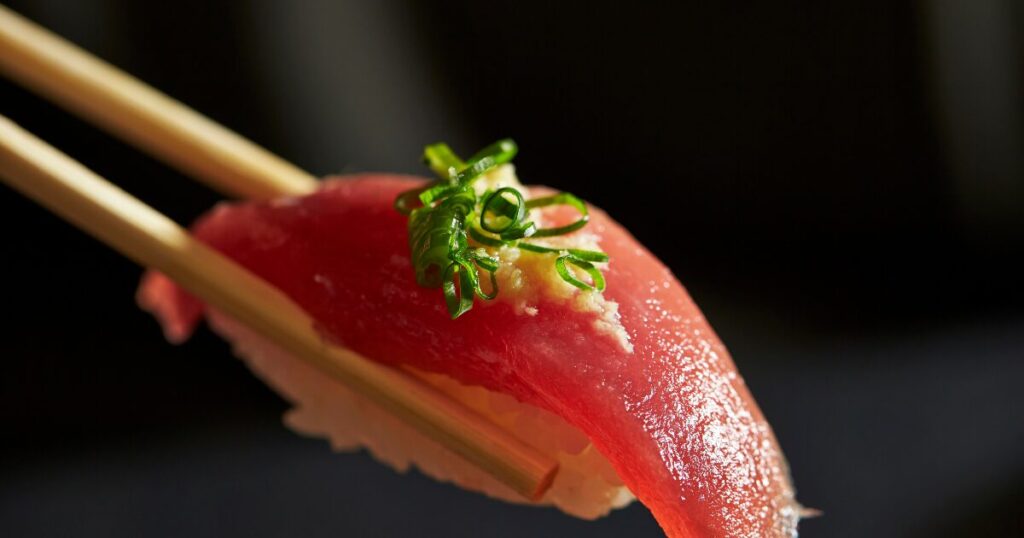
Japanese sushi comes in many different forms. The most iconic is Nigiri-sushi — a hand-shaped portion of vinegared rice topped with fresh fish like tuna, salmon, or shrimp. It’s elegant in its simplicity and served in most sushi restaurants.
Maki-Sushi
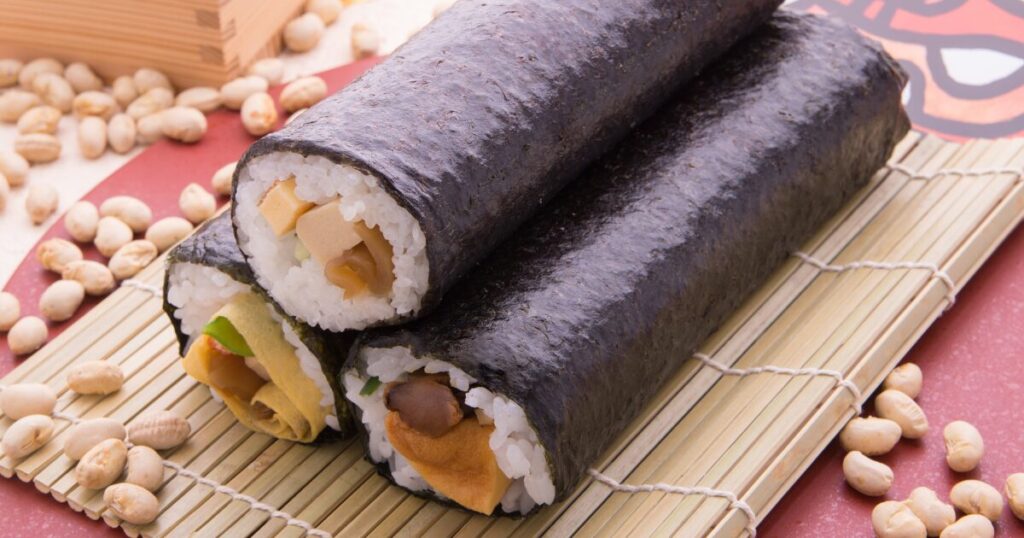
Maki-sushi (sushi rolls) are wrapped in seaweed and sliced into bite-sized pieces, often filled with cucumber, egg, or cooked fish. You’ll see both traditional and modern twists on rolls across Japan.
Temaki
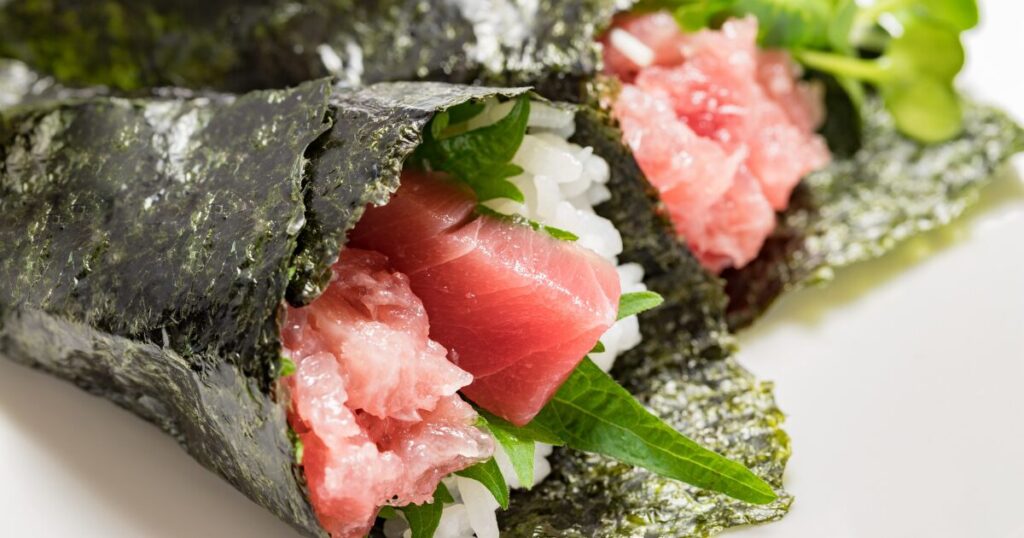
Temaki, or hand rolls, are cone-shaped and casual, often eaten with your hands. Gunkan-maki — nicknamed “battleship sushi” — is an oval-shaped rice ball wrapped in seaweed and topped with soft ingredients like salmon roe or sea urchin.
Chirashi-Sushi
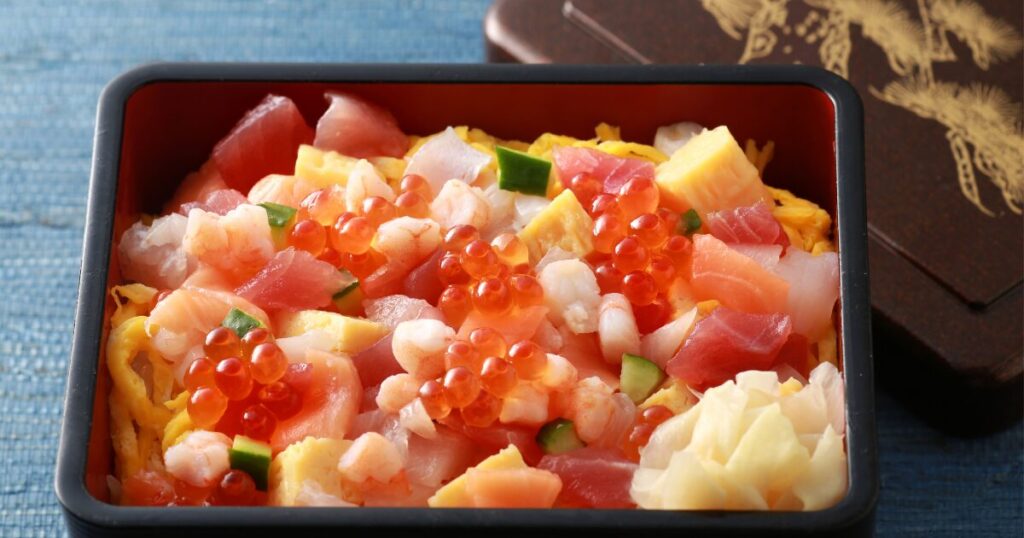
Chirashi-sushi features a colorful spread of raw fish and vegetables over a bowl of sushi rice. It’s easy to eat and visually beautiful.
Adventurous eaters may also come across Nare-Sushi, an ancient form of fermented sushi — though this one’s more for food historians than everyday tourists.
Where to Eat Sushi in Japan
Conveyor Belt Sushi (Kaiten-Sushi)
One of the easiest ways for visitors to try sushi is at kaiten-sushi, or conveyor belt sushi restaurants. These are casual and affordable, and you simply take the plates you want from the moving belt. The price usually depends on the color of the plate.
Recommended Sushi Chains
Here are three popular kaiten-zushi chains that are easy to find across Japan:
Sushiro
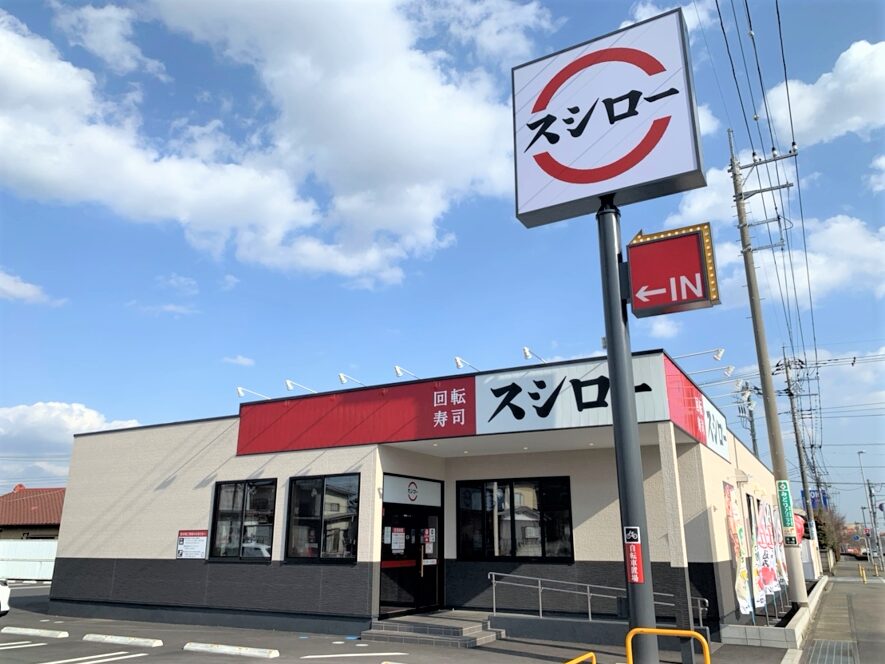
Japan’s largest chain offers a wide variety of both classic and seasonal sushi. You’ll also find sides like ramen, fried chicken, and desserts. Plates usually start at around ¥120, and most locations have multilingual touchscreens.
>>> Sushiro | Japan
Kura Sushi

Kura Sushi is famous for its “Bikkurapon” system — eat five plates, and you get to play a capsule-toy game for a chance to win a prize. It’s very family-friendly and fun, with clear allergy labeling and no artificial coloring.
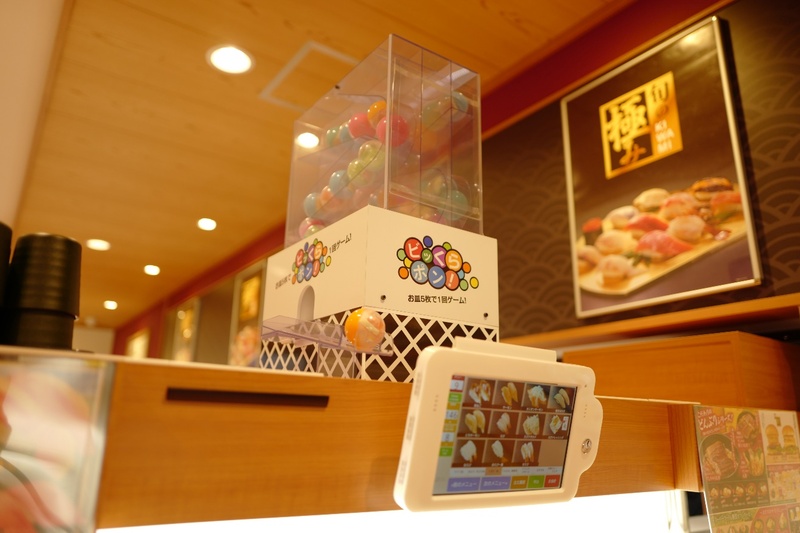
>>> Kura Sushi
Hamazushi

What sets Hamazushi apart is its soy sauce variety. You can choose from rich, light, kelp-based, or citrus soy sauce depending on your personal taste and the type of fish you’re eating. Prices are around ¥110 per plate, and touch-panel ordering makes things easy for tourists.
>>> Hama Sushi
Want Something Fancier? Try Omakase!!
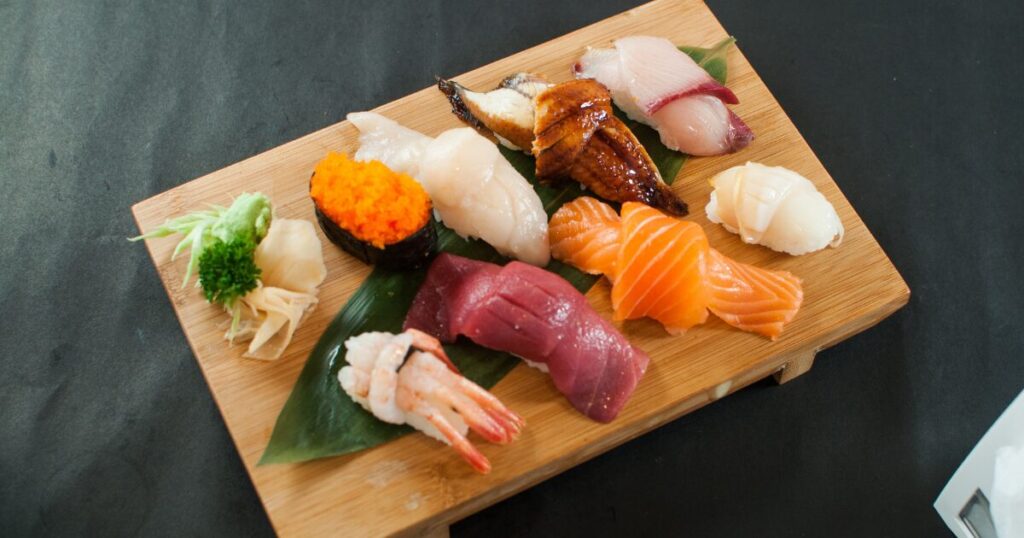
If you’re looking for something special, try an omakase experience. At these counter-style restaurants, the chef selects each piece for you, based on what’s freshest and in season. You won’t need to order — just sit back and enjoy as the meal unfolds.
Omakase meals typically start at ¥8,000 and can go much higher, depending on the restaurant. Reservations are often required, and some high-end places may have dress codes or etiquette rules. But the experience is unforgettable: each piece is prepared in front of you with precise timing and care.
Sushi Etiquette Tips

Don’t worry.
Japanese people don’t expect tourists to be perfect. But learning a few basic rules will help you enjoy your sushi even more.
- You can eat nigiri with your fingers or chopsticks.
- Dip only the fish side (not the rice) into soy sauce to avoid breaking the shape.
- Wasabi is usually added by the chef — don’t mix it into your soy sauce.
- Pickled ginger is for cleansing your palate between pieces, not for topping your sushi.
- Say “Itadakimasu” before you eat and “Gochisousama deshita” when you’re done — both are polite ways to show appreciation.
Tips for First-Time Visitors
If it’s your first time eating sushi in Japan, the experience can feel both exciting and a little overwhelming. But don’t worry.
Sushi restaurants in Japan, especially the major chains, are well prepared for international guests. Here are a few helpful points to make your sushi adventure smoother and more enjoyable:
- Language support is common
Most kaiten-zushi restaurants offer English menus or have multilingual touch screens with visuals, so ordering is simple even if you don’t speak Japanese. - Ingredient transparency helps with allergies
Chains like Kura Sushi clearly display allergens and ingredients on their digital menus, making it easy for those with dietary restrictions. - Vegetarian options are available
While sushi is often associated with raw fish, vegetarian-friendly choices like cucumber rolls, inari (sweet tofu skin), and tamago (egg) are widely offered. - Seasonal items are worth a try
Many shops rotate their menus based on the time of year. If you see something labeled as “limited” or “seasonal,” it’s probably fresh and worth tasting. - When in doubt, copy the locals
One of the best ways to learn what to do is simply to watch the people around you. From how they dip their sushi to how they return their dishes, observing can teach you a lot.
A Perfect Sushi Day in Japan
Start your morning at a local fish market or food hall, where you can observe fresh seafood and maybe grab a quick chirashi bowl. For lunch, visit Sushiro and try a wide range of affordable sushi. In the afternoon, stop by Kura Sushi for a fun Bikkurapon game.
And if you’re up for a splurge, book an omakase dinner to end the day with a memorable course meal, piece by piece, crafted by a seasoned chef.
Final Thoughts
Sushi in Japan is not just about raw fish. It’s about craftsmanship, respect for ingredients, and enjoying the moment. Whether you’re grabbing a quick bite at Hamazushi or savoring a delicate piece of toro in a quiet omakase bar, you’re experiencing one of Japan’s proudest culinary traditions.
Don’t just eat sushi — appreciate it. And when in doubt, just follow the locals and enjoy the ride.
